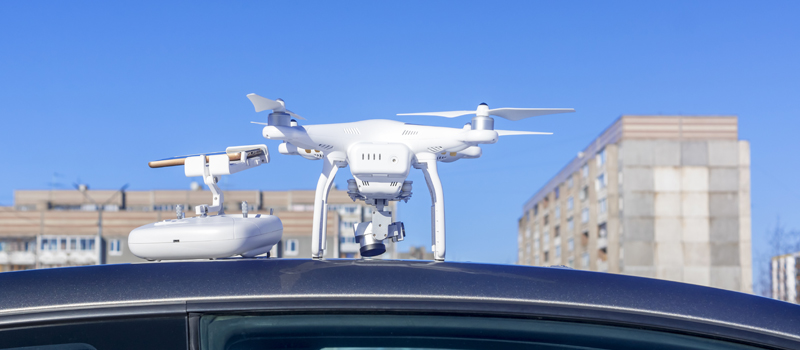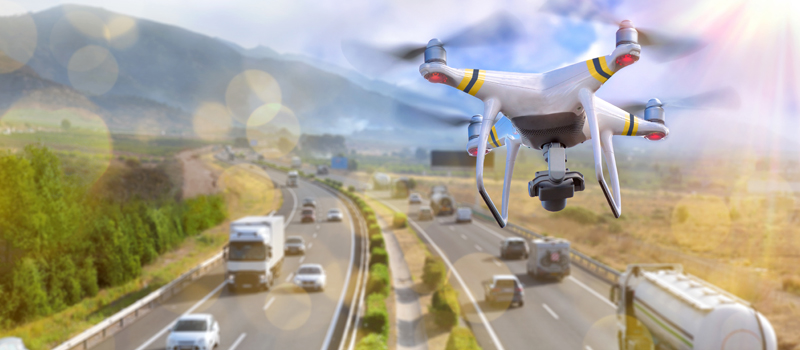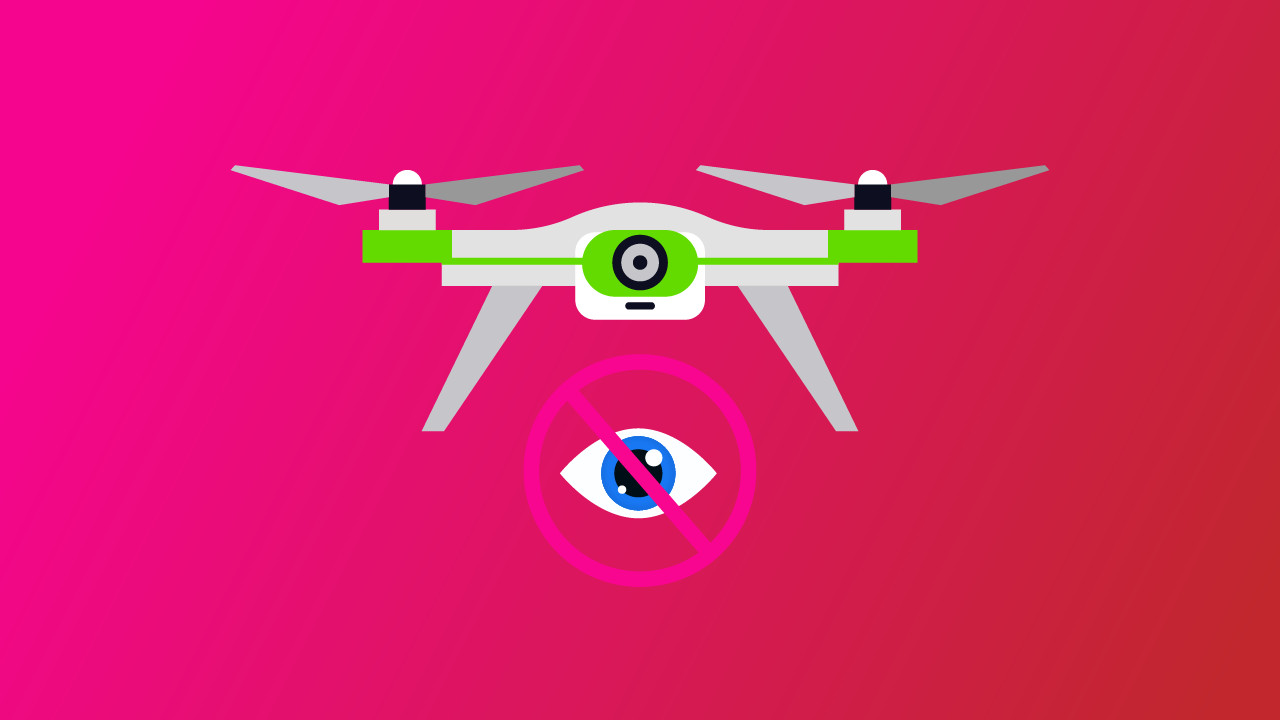Is there anything more heartbreaking than seeing your drone fly away while you can’t do anything about it? Despite advanced transmission technologies, drone flyaways continue to happen to this day. When this happens, it will inevitably result in the drone crashing somewhere – likely a few miles away from you.
To avoid losing that thousand-dollar drone, the best thing to do would be to prevent drone flyaways from happening in the first place. Here are some of our trips to prevent the heartbreak of a drone flyaway.
What causes a drone flyaway?
The sensors, smart features, and transmission technology of a drone are specifically designed to prevent a flyaway. Under normal circumstances, these work fine and can even withstand less than ideal conditions.
However, anything that disrupts these systems can cause a flyaway. Most flyways happen when the link between the controller and the drone gets severed, causing the pilot to lose control of the drone. Normally, this would prompt the drone to activate its return-to-home (RTF) function. The bigger problem comes up when the drone can’t get a GPS fix for the RTF function to use as a reference.
Basically, anything that can weaken the link between the drone and controller can cause a flyaway. This can include flying too far away or near sources of strong electromagnetic interference. Flying near large structures or on a rainy day can also cause significant drops in signal strength.
Thankfully, drone flyaways are now less common than they were four or five years ago. This is mostly because of improved transmission systems and reduced reliance on Wi-Fi communications. Still, drone flyaways are serious enough that they are included in the coverage of the DJI Care Refresh for the Mini 2 and Mavic Air 2 drones – models that were released within the last year.
1. Make sure to get a GPS lock on your drone
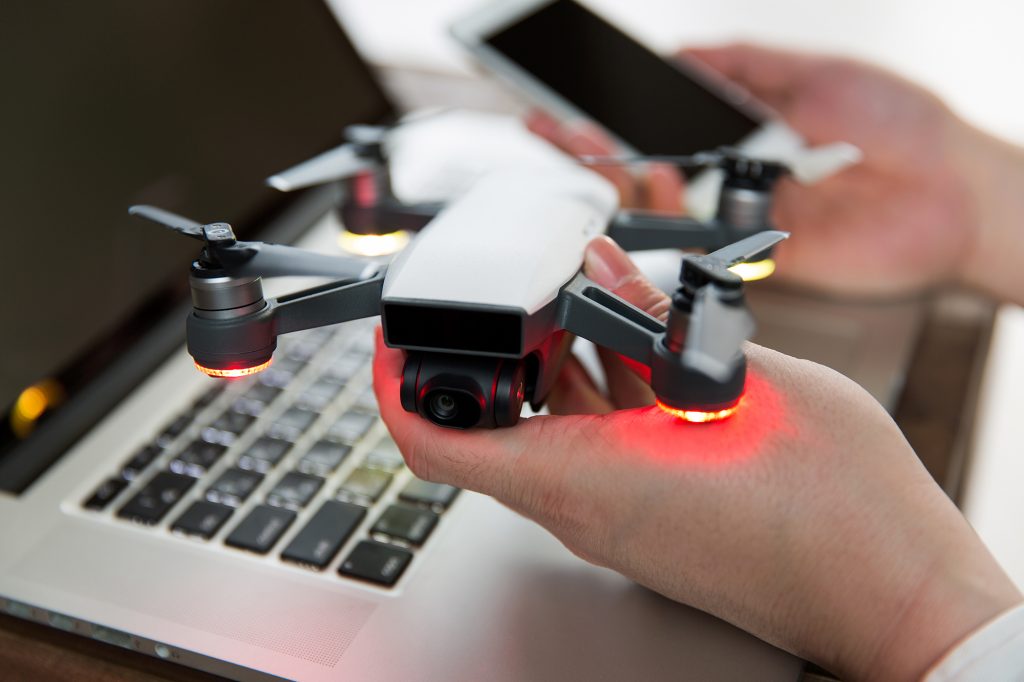
Your main protection against a drone flyaway is your drone’s RTH function. Should your drone lose its link to the controller, this feature should kick in and prompt your drone to automatically fly back to the designated Home location. This feature depends largely on your drone’s GPS module functioning as intended.
Before taking off, make sure that your drone gets a GPS lock. This means getting stable GPS signals from at least ten satellites. You can wait for up to twelve satellites if you want to play it safer. While most drones will allow flight with at least six satellites, these satellite links tend to come and go during a drone flight. Having more of them simply means that your GPS signal will remain stable even if some of the satellites drop out.
If you’re flying in a completely new location, take the time to do a GPS calibration. This resets the magnetic declination of your drone’s internal compass so that its GPS location is more accurate. This is even more important if you rely a lot on GPS navigation during drone flight.
2. Don’t fly too far
Modern drones typically have transmission modules that can maintain a link with the controller up to 5 miles away. Although these are impressive numbers, this is no excuse for you to push the limits of your drones unnecessarily.
Take note that the declared maximum transmission distance for any drones assumes that the drone is flying under ideal conditions. Large structures, sources of electromagnetic interference, or weather conditions can significantly compromise your drone’s signal strength. In any case, flying a drone close to its transmission limits will place it beyond your visual line of sight.
3. Avoid sources of signal interference
Electromagnetic interference is a serious concern during drone flight. Your drone and controller communicate using radio waves set at frequency bands that are shared by virtually all commercial wireless devices. This can be a problem if you’re in a spot where a lot of wireless devices are in active use.
There are also larger sources of electromagnetic interference. Power lines, communications towers, or any large industrial device that runs on electricity will emit electromagnetic signals in its immediate vicinity. For this reason, it is considered good practice to steer clear of these structures unless you’re doing a commercial job specifically documenting them.
4. Don’t fly in ATTI mode (unless you know what you’re doing)
Most drones nowadays come with an ATTI or Attitude mode. In ATTI mode, GPS stabilization is deactivated. This means that you’re essentially flying your drone manuals without any assistance from its onboard sensors.
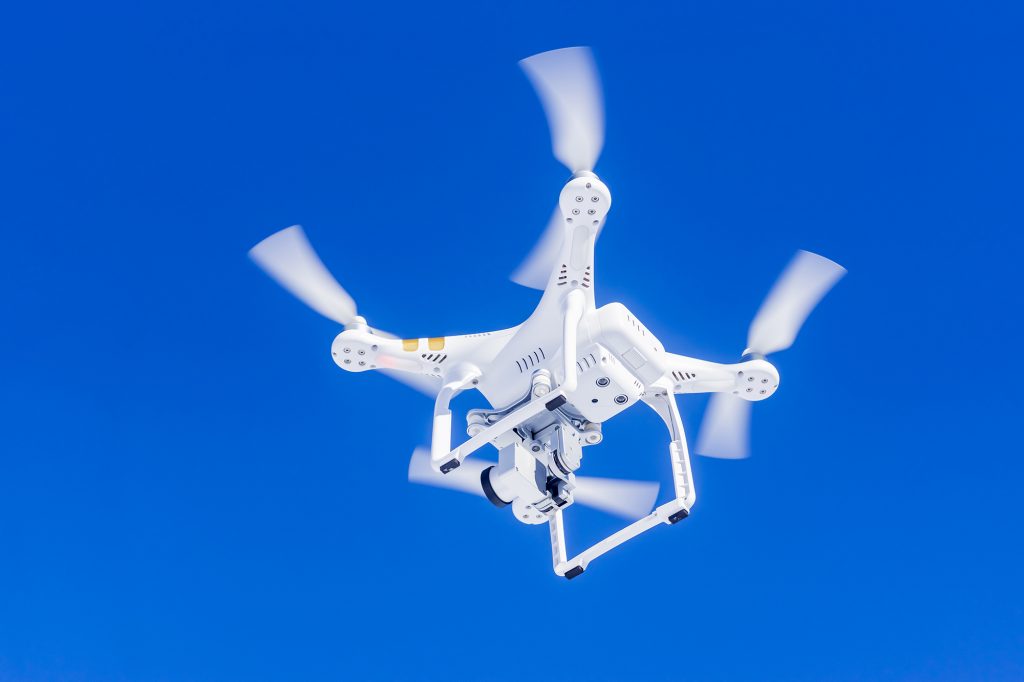
Lots of drone flyaways happen when the drone automatically switches to ATTI mode when it cannot get a stable GPS reception. This is fine if you’re skilled enough to fly in ATTI mode. Otherwise, you’re better off trying to reconnect to GPS satellites – hopefully, before your drone starts to fly off.
The more prudent measure would be to learn how to fly in ATTI mode before such a situation comes up. In ATTI mode, you do not have the benefit of GPS stabilization. This means that the drone can get carried away by the wind or drift in different directions even while you try to fly it straight. Thus, you will have to rely largely on telemetry data and the real-time video feed from the onboard camera.
We suggest practicing in ATTI mode at lower altitudes and somewhere relatively safe where you won’t crash into any obstacles. This skill will certainly come in handy when your drone’s GPS signals drop out in the middle of a flight. Flying in in ATTI is also useful if you’re planning to fly your drone indoors.
5. Update RTH settings
Your drone’s RTH feature is the last line of defense against a drone flyaway. Unfortunately, many drone pilots still take this for granted and neglect to dial in the proper settings before taking off.
Getting a stable GPS fix is the first step in making sure that the RTH feature works when you need it. This includes both the drone and the ground station (the controller). Make sure to update Home to your current location and to update it periodically if you’re going to be moving around.
You will also want to check the RTH altitude setting. This is the altitude that the drone will maintain should the RTH feature kick in and it flies back to the Home position automatically. Ideally, the RTH altitude should be high enough to clear any obstacles in your operations area.
Lastly, do not abuse the RTH function. Treat it as your drone’s last resort – something that needs to be used only when there’s a problem. We suggest that you don’t manually trigger RTH just because you’re feeling too lazy to fly your drone back.
6. When in doubt, bring the drone home
Most times, signal dropouts are unavoidable. Much like your phone losing reception or your laptop disconnecting from the Wi-Fi network for no reason, transmission in drones can be a finicky matter. There are simply too many devices sharing the same frequency band, especially if you’re in an urban area.
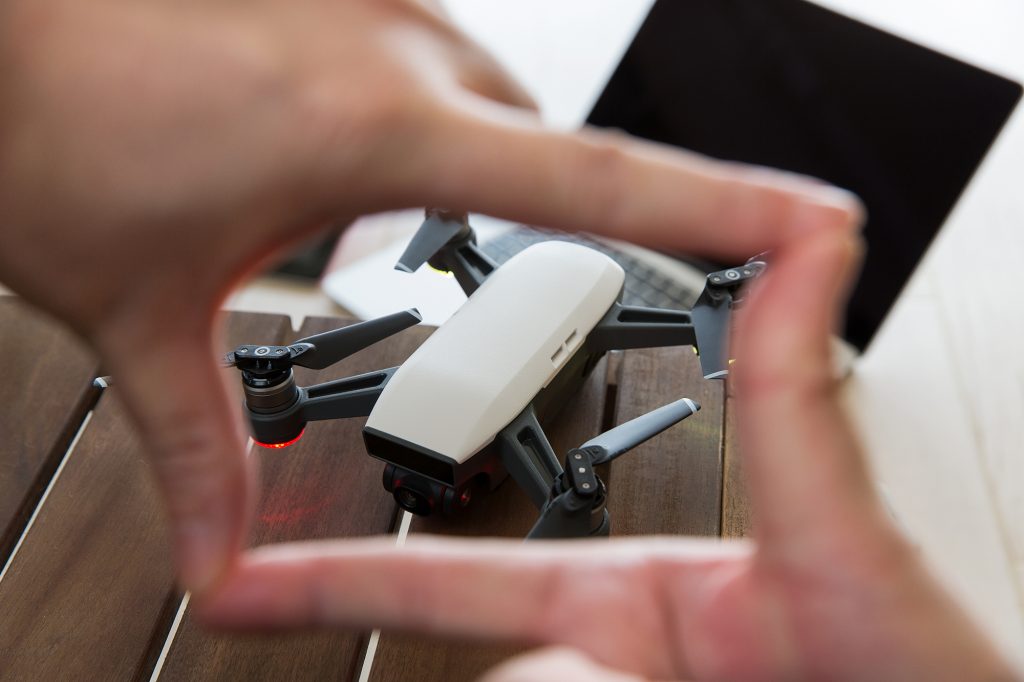
The good news is that this doesn’t necessarily mean that there are problems with your current flight conditions. Signals dropping out is normal and your drone should be able to reconnect to your controller in just a few seconds.
However, there are certain cases when you just know that something wrong is coming up. Whether it’s your drone drifting uncontrollably or deciding to land on its own, any erratic behavior can be a sign of a failure of communication between your drone and controller.
If you feel like something bad is brewing, play it safe and fly the drone back. Just closing the gap between your drone and controller might help in establishing the signal again. If this does not improve flight performance, then take the drone back and do general diagnostics. Our advice is for you to simply trust your instinct – no one knows your drone better than you do.
Final thoughts
With better transmission technology, drone flyaways are now no longer as common as they used to be. This does not mean that they don’t happen anymore. Every now and then, we still read accounts of drones flying away for seemingly no reason and eventually crashing after a mile or two.
Drone flyaways can be traced either to a malfunctioning RTH function or signal dropouts. Both of these are avoidable by doing a GPS calibration before taking off and respecting the limits of your drone’s transmission module.
